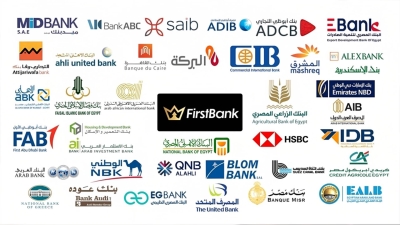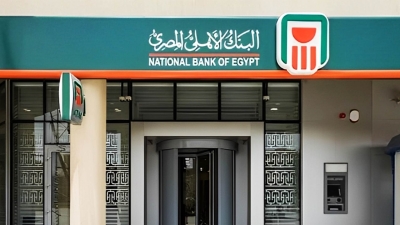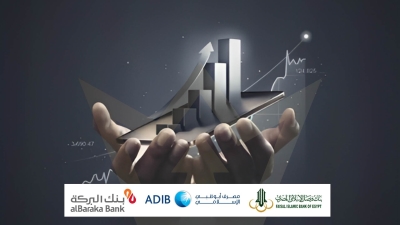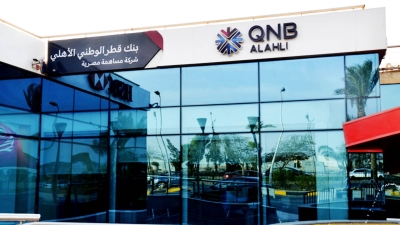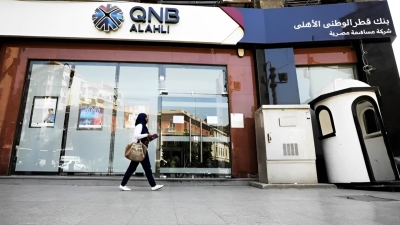Agricultural Bank of Egypt's Head: Total Loan Portfolio Increases to EGP 69.4 Bn by June-2023end
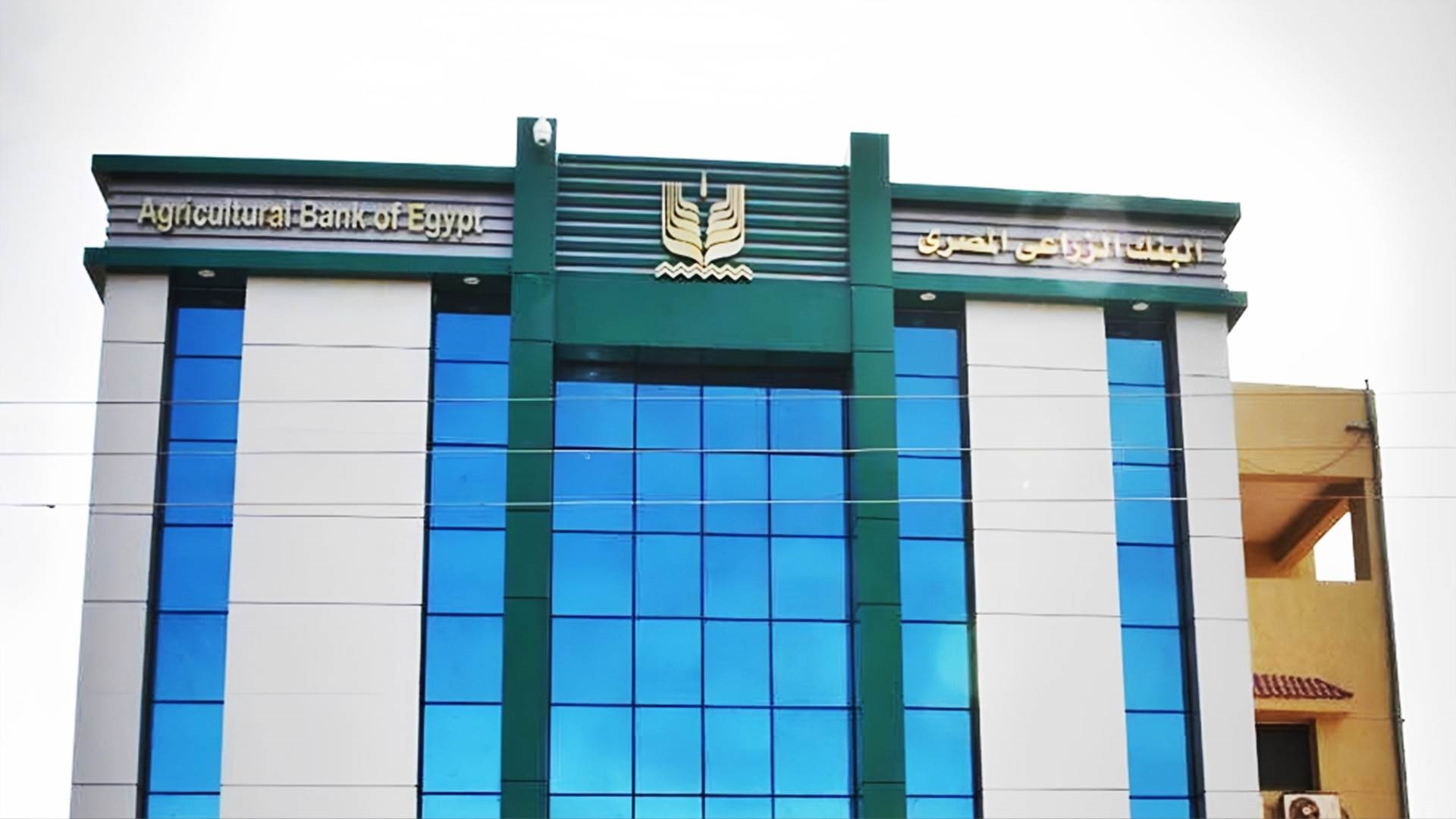
The loan portfolio volume increased to EGP 69.4 bn by the end of June 2023, compared to the portfolio size at the end of June 2022, which amounted to EGP 60.288 bn. The number of customers benefiting from these loans reached 538,272 clients.
Agricultural Bank of Egypt has achieved significant growth in its business indicators during the first half of 2023, representing the culmination of development efforts over the past 3 years. These efforts have contributed to improving the quality of its banking and financial services to meet the needs of its customers across various segments.
The bank has strengthened its image as one of the largest specialized banking institutions in financing the agricultural sector in all its productive fields to achieve agricultural and rural development. This is in line with the directives of President Abdel Fattah el-Sisi.
This result was achieved as a result of the bank's adoption of serious credit policies linking lending to production. This enables the bank to play its important developmental role in financing agricultural projects, industrial activities, and related services, as well as stimulating investment in the agricultural sector in all its productive fields. This contributes to the state's vision of maximizing productivity and value added in the agricultural sector in Egypt for the development of agricultural, animal, poultry, and fish production.
Deposit portfolio witnessed a significant increase, jumping from EGP 119.329 bn on June 30, 2022, to EGP 161.481 bn on June 30, 2023, with an increase of EGP 42.15 bn. This reflects the customers' confidence in the bank's ability to manage their savings and facilitate their transactions in accordance with the latest banking systems.
Loans directed towards financing the agricultural sector and its related industries represent 80% of the credit portfolio. During the first half of the current year, the bank doubled the amount of financing directed towards agricultural crop production, benefiting small farmers with a return of 5%.
The portfolio of loans for agricultural crop financing reached EGP 14.503 bn, benefiting hundreds of thousands of farmers. This increase is attributed to the bank's commitment to support small farmers by adjusting the lending categories for agricultural crops 4 times within 2 years, with rates ranging from 25% to 70%.
This financing aims to help farmers cope with the significant increase in production costs and requirements. Contract farming has received a large share of the bank's policies and action plans, which contributed to increasing the volume of financing directed towards contract farming to EGP 2.2 bn, including EGP 1.6 bn to support sugarcane cultivation in Upper Egypt through tripartite contracts between the bank, farmers, and sugar factories.
The bank has also achieved significant growth in the volume of loans directed towards medium-sized, small, and micro enterprises, reaching around 64% of the loan portfolio. It amounted to EGP 42.842 bn by the end of June 2023. This sector is vital in providing real employment opportunities, especially in the agricultural sector and its related activities. The bank pays great attention to micro-enterprises.
The micro-enterprise portfolio at the end of June 2023 included 436,012 individual and corporate clients who obtained financing amounting to EGP 32.221 bn.
The bank's role in financing large projects and companies has increased to maximize its role in supporting and developing the national economy. The number of large companies funded by the bank has increased to 119 companies operating in the agricultural sector and its related activities. The total funding amounted to EGP 12.421 bn, compared to EGP 7.886 bn at the end of June of the previous year.
This is a new achievement added to the bank's list of accomplishments in stimulating investment in the agricultural sector and its related activities. Furthermore, it highlights the ability of these companies to provide direct and indirect employment opportunities and improve the income levels of a wide segment of citizens in all governorates.


